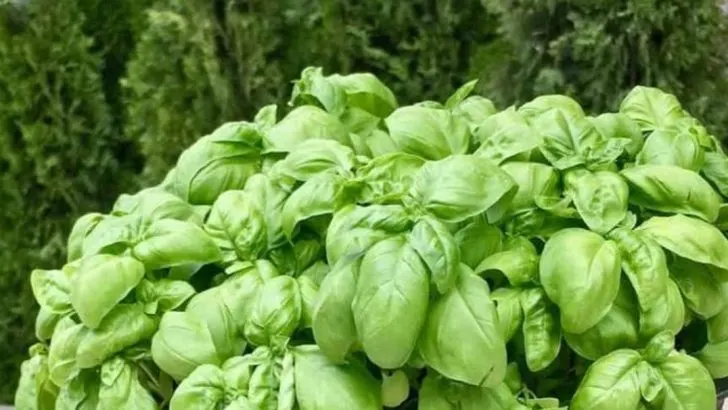Some herbs are generous by nature—cut them once, and they’ll grow right back. Even better, a few of these self-regrowing herbs actually develop deeper, richer flavors when dried, making them staples for both the garden and the kitchen.
With minimal effort, you can enjoy continuous harvests and build a stockpile of flavorful dried herbs that outshine store-bought options. Whether sprinkled on roasted vegetables or infused into teas, these herbs only improve with a little time and air.
In this article, explore 11 herbs that regrow themselves and taste better dry—perfect for gardeners and home cooks alike.
Basil
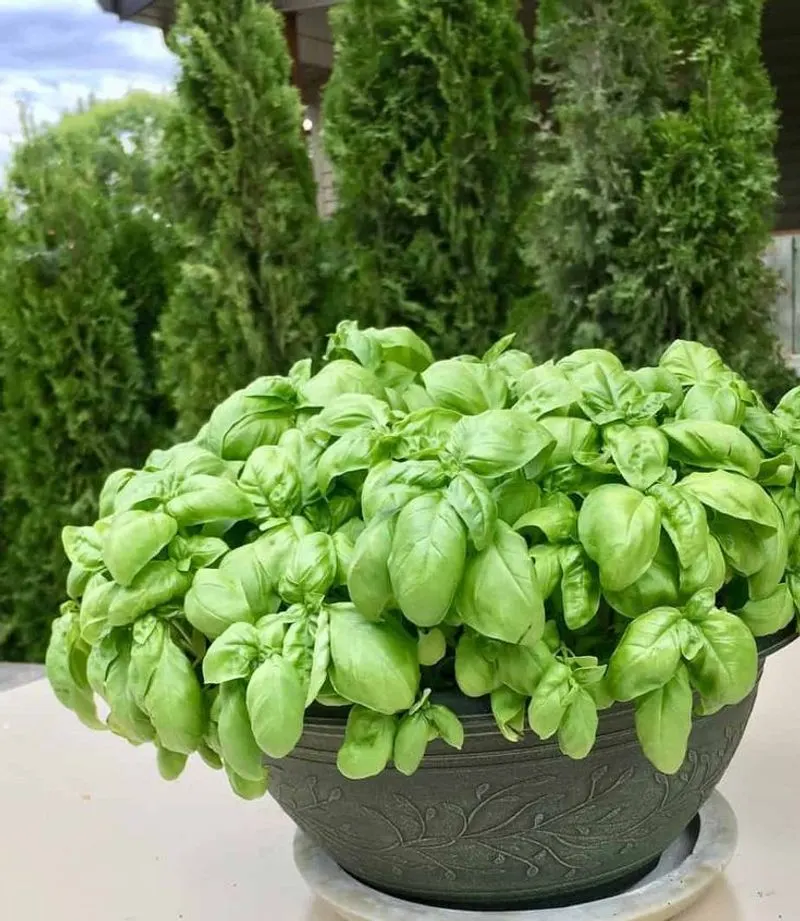
Basil has a rich history as a staple in many culinary traditions. Its vibrant leaves offer a sweet, peppery flavor that intensifies when dried. Perfect for making pesto, it regrows easily from cuttings, requiring only a sunny window and a little patience. Interestingly, in ancient times, basil was considered a symbol of love in Italy. This resilient herb can thrive year-round, providing aromatic leaves that make any dish pop. Notably, its ability to flourish with minimal care makes it a favorite among both novice and seasoned gardeners.
Mint
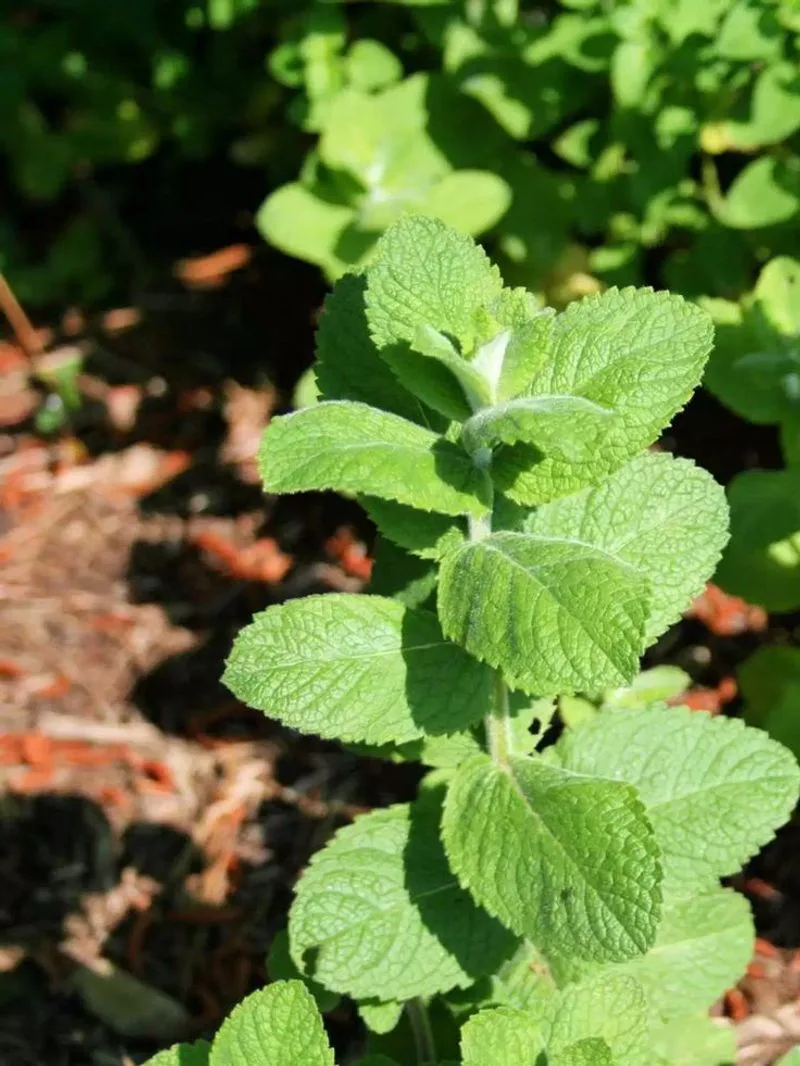
Renowned for its refreshing aroma, mint is a versatile herb that complements both sweet and savory dishes. Its ability to regrow from stem cuttings makes it a garden favorite. Dried mint leaves retain a concentrated flavor, offering a hint of coolness to teas and desserts. Historically, mint was used in ancient Egypt for medicinal purposes. Quick to spread, this herb can be managed by planting it in containers, ensuring a continuous supply of fragrant leaves. Mint’s adaptability and robust nature make it an essential addition to any herb garden.
Rosemary

The robust scent of rosemary evokes memories of Mediterranean dishes. This hardy herb thrives in well-drained soil and can regrow from cuttings. Its woody stems and needle-like leaves dry beautifully, enhancing meats and stews with a pine-like flavor. In folklore, rosemary was believed to improve memory. As a perennial, it remains evergreen, offering fresh sprigs even in winter. Its resilience and unique aroma make rosemary a must-have for any culinary enthusiast looking to add depth to their cooking repertoire.
Thyme
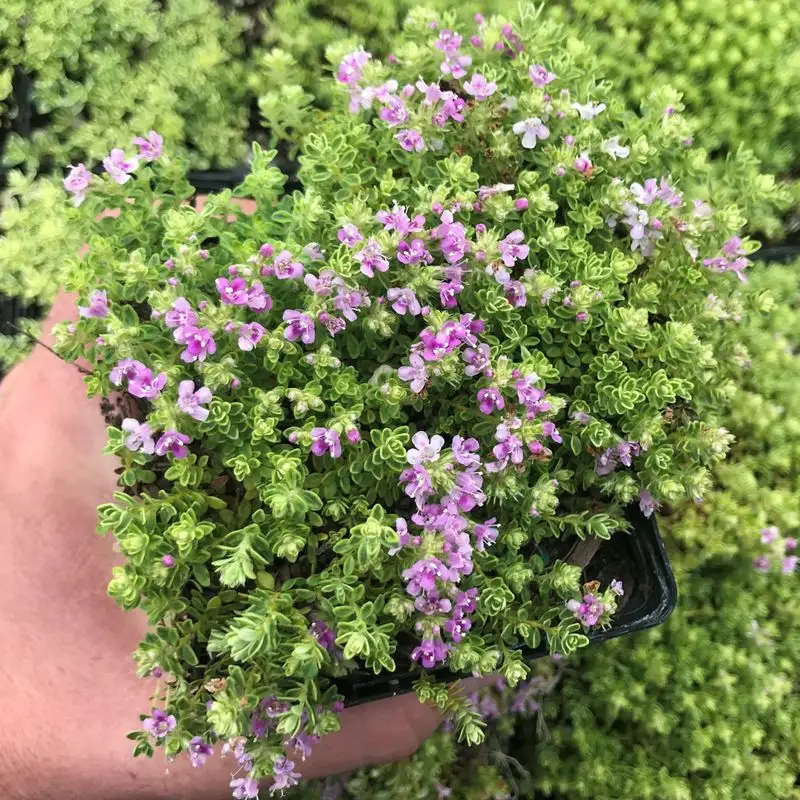
Thyme’s subtle lemony fragrance makes it a delightful addition to numerous recipes. This perennial herb is easily propagated through stem cuttings and thrives with minimal care. Dried thyme leaves maintain their earthy flavor, perfect for seasoning soups and sauces. Historically, thyme was burned as incense in ancient Greece. Its adaptability to different climates and compact growth make it ideal for small gardens. Thyme’s timeless charm and culinary versatility ensure it remains a favorite among herb aficionados and chefs alike.
Oregano
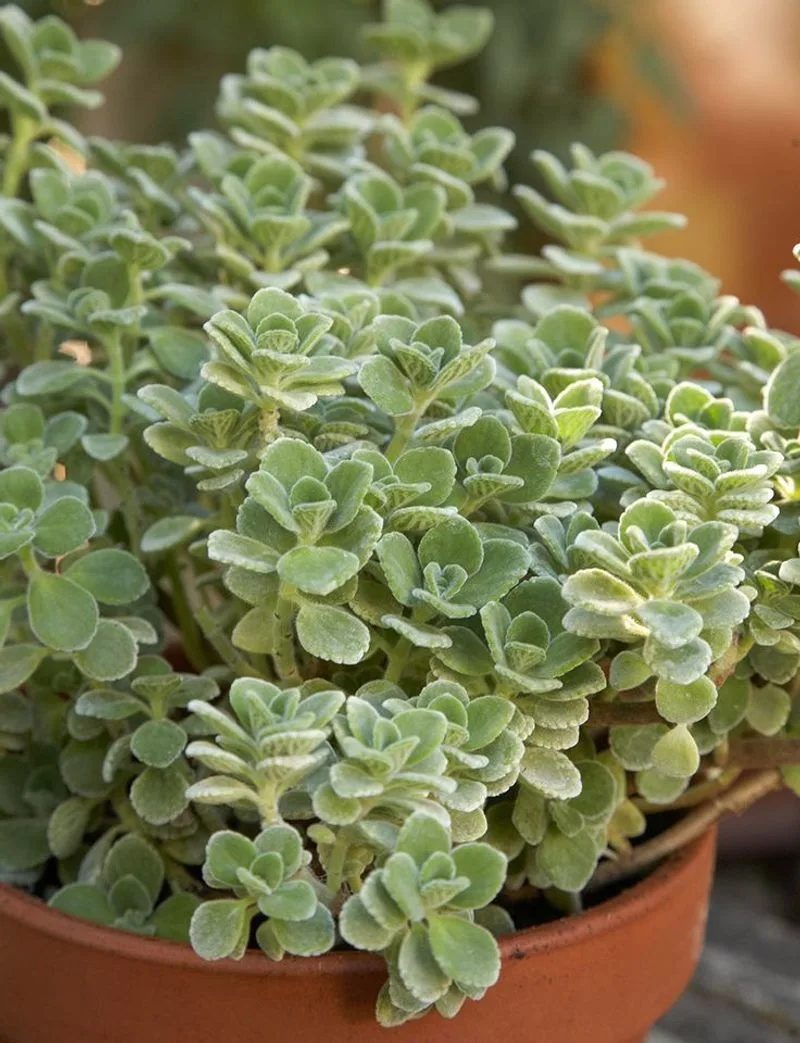
Oregano, synonymous with Italian and Greek cuisines, offers a robust flavor that intensifies when dried. This hardy herb regrows well from cuttings and prefers a sunny, well-drained location. Its dried leaves add depth to tomato-based dishes, making them indispensable in many recipes. Surprisingly, oregano was once used to ward off evil spirits in ancient Greece. Easy to cultivate and highly aromatic, it’s a staple for any kitchen garden, enhancing the flavor profile of numerous dishes with minimal effort.
Sage
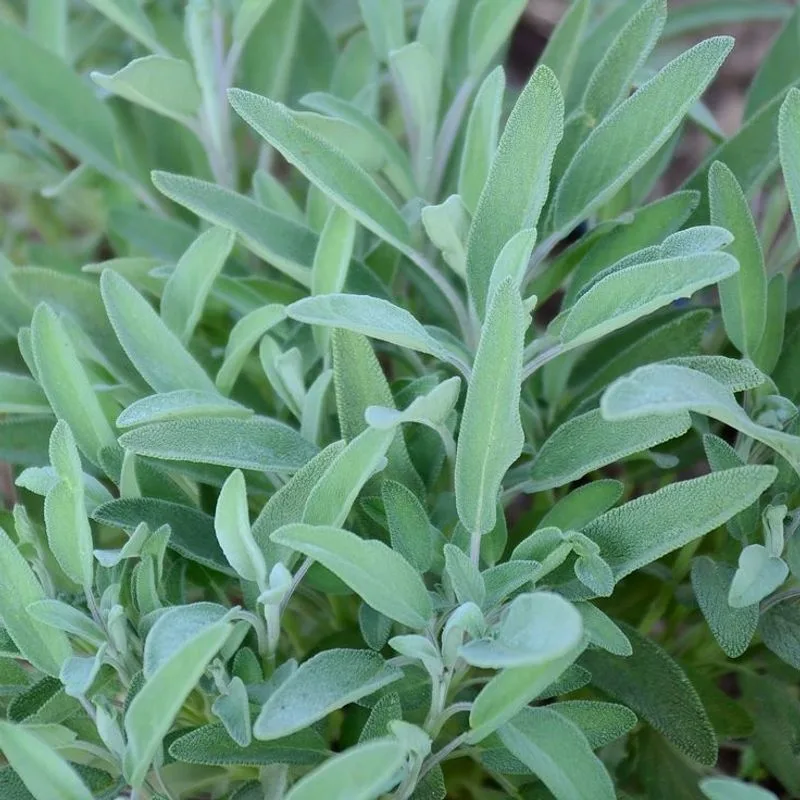
Sage’s distinctive flavor and aroma make it a star in both traditional and modern dishes. This perennial is known for its ease of propagation through stem cuttings. Once dried, sage leaves offer a concentrated flavor, perfect for stuffing and sausages. Did you know? Sage was considered a sacred herb by the Romans. Its ability to withstand varying climates and its attractive appearance make it a favorite for ornamental and culinary gardens alike. Sage’s robust nature and historical significance add a touch of antiquity to any herb garden.
Cilantro
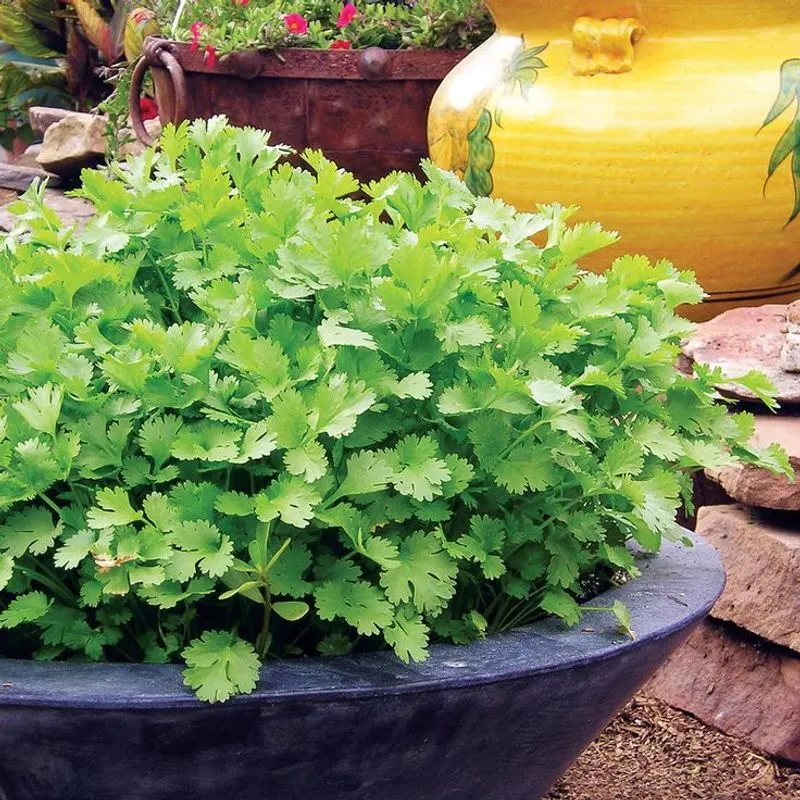
Cilantro, with its distinct citrusy flavor, is a staple in Latin and Asian cuisines. Remarkably, it regrows quickly from both seeds and cuttings, making it a popular choice for home gardeners. When dried, cilantro retains a lesser-known but intense flavor, perfect for enhancing curries and salsas. In ancient Egypt, cilantro seeds were found in the tomb of Tutankhamun, highlighting its long-standing culinary use. Ideal for those seeking fresh flavors year-round, cilantro’s quick growth and unique taste make it a kitchen favorite.
Lemon Balm
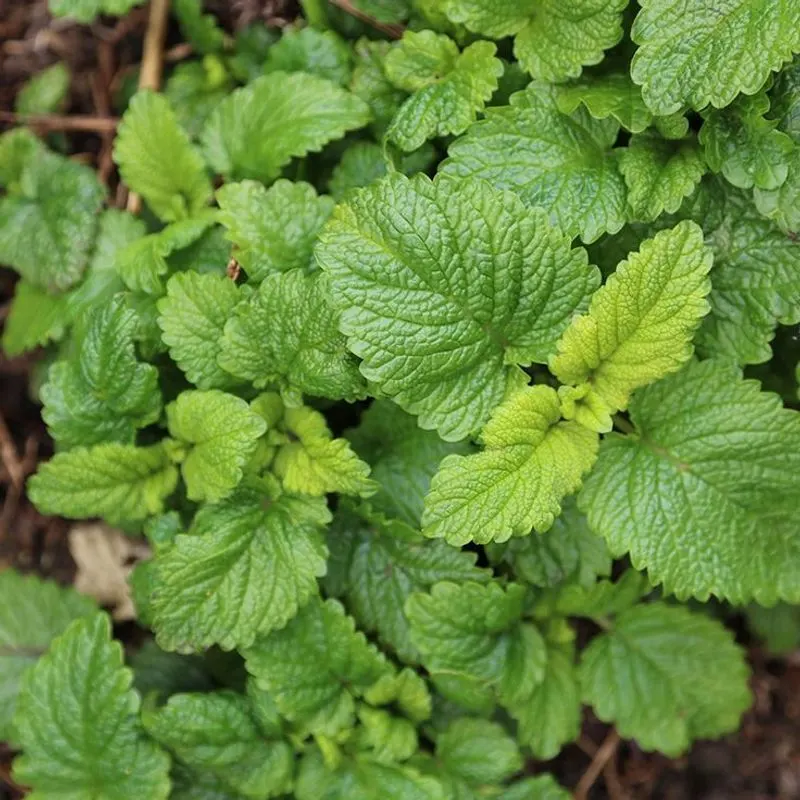
Lemon balm, a member of the mint family, exudes a refreshing lemon scent that lingers in the air. Easily propagated through cuttings, it’s a resilient herb that flourishes with little care. Dried leaves are often used in teas, imparting a soothing citrus aroma. Historically, lemon balm was valued for its calming properties and was used in medieval times to reduce stress. Its gentle fragrance and ease of growth make it a charming addition to any garden, providing a serene atmosphere and culinary delight.
Parsley
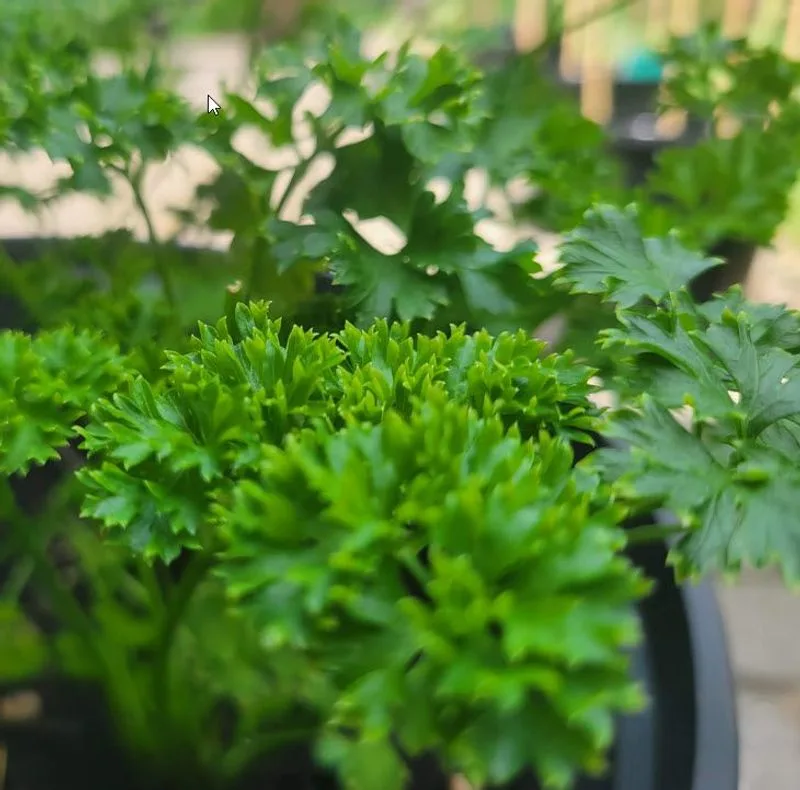
Parsley’s bright, slightly bitter flavor makes it a versatile herb in kitchens worldwide. Known for its ability to regrow from cuttings, it thrives in both garden beds and pots. Dried parsley intensifies its flavor, enhancing soups and stews. Historically, it was used for medicinal purposes in ancient Rome. Its vibrant green foliage adds a splash of color to any dish, making it not only a culinary asset but also a visual delight. Parsley’s resilience and adaptability ensure a continuous supply of fresh leaves.
Tarragon
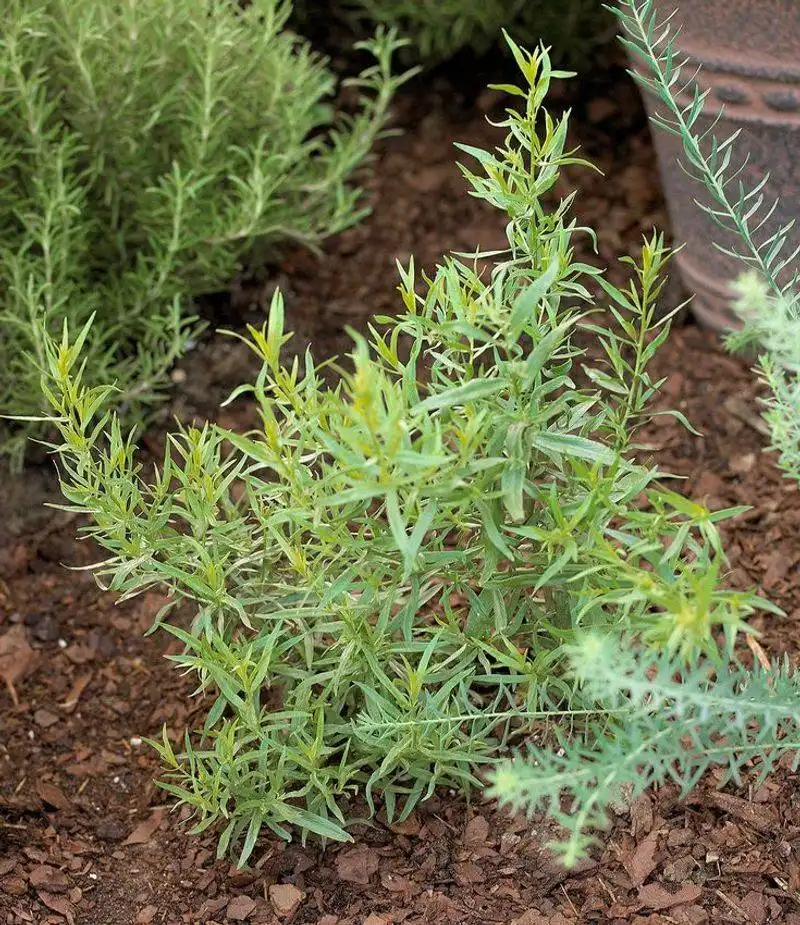
Tarragon, with its subtle anise flavor, is a cornerstone of French cuisine. This perennial herb regrows easily from cuttings and prefers a sunny spot to thrive. Dried tarragon leaves add a nuanced flavor to sauces and vinegars. In French folklore, tarragon was believed to bring courage. Its aromatic leaves and delicate growth pattern make it a favored choice among gourmet chefs. Tarragon’s ability to enhance dishes with a hint of sophistication ensures its place in any well-curated herb collection.
Chives

Chives, with their mild onion flavor, are a delightful addition to salads and garnishes. This perennial herb is easily propagated through division, ensuring a steady supply of fresh greens. When dried, chives offer a concentrated taste, perfect for enhancing baked potatoes and dips. In medieval times, chives were believed to ward off evil spirits. Their vibrant green shoots and delicate purple flowers make them an attractive choice for gardens. Chives’ easy cultivation and culinary versatility make them a cherished herb.

